As players dive more into The First Descendant, the sheer range of its content and activities becomes more obvious. You could mainline the story, dismantle everything in favor of “number go up” and call it a day. However, there are plenty of things that shouldn’t be ignored, especially if you’re looking for power gains or optimizing a specific build. Here are ten things to keep in mind and why they’re important.
Void Fragments
[embedded content]
Wandering through the different Battlefields, you may have noticed structures that can’t be damaged through weapon use. These are called Void Fragments, essential for unlocking the Void Fusion Reactors dotting the landscape. The key to activating these is to have a Descendant of the corresponding element. If you find a Fragment is vulnerable to electricity, then you need to use Bunny, while pillars weak to ice necessitate Viessa.
Use an ability to deal damage, and you’ll initiate a series of enemy waves. Upon defeating a wave, continue to attack the Fragment with your ability and fight through the subsequent waves. Once this is complete, you’ll receive Void Shards. One thing to note is that you can continuously farm the same Void Fragment for Shards, which confers XP and Gold alongside a chance to drop Modules.
Void Fusion Reactors
However, you can’t just gather Shards from any Void Fragment. Depending on the Fusion Reactor, you’ll need specific types of Shards. Check the map for the requirements of the Reactor and then look for corresponding Fragments to get the Shards. It helps to have Descendants of varying elements on standby to farm the different elemental Fragments.
Upon activating a Void Fusion Reactor, you must defeat some bosses, which should be easy enough to handle if you meet the level requirement. Doing so will confer rewards like Reactors, weapons and Modules, with the most powerful – Transcendent Modules – having a one percent drop chance. It’s thus worth farming Void Fusion Reactors for the same, and they also provide Gold, XP and Mastery Level XP. Since Mastery Levels will increase inventory slots and mod capacity, the higher levels are worth grinding out.
However, that’s not all. A Reconstructed Device will also become available after clearing the Void Fusion Reactor. It allows for opening Amorphous Materials – similar to Void Relics from Warframe, they have a chance of providing specific rewards (including materials to research new Descendants). If you’re not a fan of the Void Intercept Missions or want a break from them, then Void Fusion Reactors are an alternative. Just make sure you’re at a point in the game where Amorphous Materials are dropping on the regular to take full advantage of this.
Encrypted Vaults
Something else to watch out for on the Battlefield is an Encrypted Vault. Opening them is essential since they’re required for completing missions and obtaining Negative Ion Particles for crafting. First, ensure you have a Code Analyzer – the Regular version is used to open them in Normal difficulty fields. The Precision version is necessary for Vaults on Hard difficulty fields.
Next, watch out for the little holographic bits on the ground. Initiate a scan, and a sound will play. Follow it and keep scanning until it gets louder and leads you to the Vault. Upon consuming a Code Analyzer, you must complete a timed-button press mini-game. If you fail, the Code Analyzer is consumed, and you’ll need another. The Regular versions are easy enough to procure, dropping from just about any Normal mission, but be careful when using higher rarity Analyzers.
Leveling Resistances
If Path of Exile and many other action RPGs have taught anything, it’s that the resistance stats aren’t to be underestimated. The same goes for The First Descendant, especially if you play a less tanky character like Bunny or Viessa. Equip Modules like Heat Release, Perfect Antivenom, Antifreeze Solution and Insulate Conductor to become immune to their corresponding status effects. Polygenic Antibody will also raise all attribute resistances by +60, so it’s worth equipping. Level them as you progress the story, lest you’re at the mercy of bosses chunking your shields and HP with elemental attacks.
Avoid “Recommended Modules”
This is more of something that you can and should ignore. On the surface, it sounds like a nice quality-of-life feature – why bother modding each weapon, when you can click the Recommended Modules button? As anyone who’s played Warframe will tell you, the game isn’t great at equipping the desired Modules on a weapon or Descendant. Furthermore, as you progress and receive better Modules, there may be specific elemental damage types or builds you want to lean into. Manually equipping and optimizing these will always be preferable in the long run.
Filter as Junk
If there’s one thing The First Descendant gives you a lot of, it’s loot, but there’s a finite amount of inventory space. Since you’ll pick up everything, it’s easy to run out. Fortunately, the Filter as Junk function comes out. Available in your equipment screen for Reactors, weapons and External Components, it allows for segregating loot based on rarity, weapon level and Unique Abilities. You’ll still pick up items meeting the criteria, but the filter will mark them as junk. You can thus open your equipment screen and hold down the button to Dismantle Junk, which clears them out quickly. While there’s still some inventory management required, it cuts down on the busywork significantly.
When to Dismantle (and Not Dismantle) Weapons
Aside from items denoted in the junk filter, you may be tempted to dismantle a weapon simply because you don’t like it. Maybe your build doesn’t benefit from it, or it’s just a weapon type that you never use. Perhaps a better option is available. Either way, try hanging on to and consuming it to level up other weapons instead at the Workbench. You’ll need a Phase Exchanger, crafted from materials obtained by dismantling weapons, with Ultimate Weapons requiring the higher-level Precision Phase Exchanger. The best method is to hang on to the higher-level and rarity loot while marking the less desirable items as junk to dismantle for materials. If you’re unsure whether to dismantle or keep a weapon, especially if it has a good roll, store it – you can adjust it later with an Adjustment Control Axis.
The Access Menu
It’s been said before, but the Access menu is probably the most valuable tool in The First Descendant. From here, you can discover where every item, crafting material, weapon, Amorphous Material, etc. drops from. Even better, selecting Acquisition Info will bring up a list of missions where you can farm said items (if they’re unlocked, of course). It’s incredible, especially since you can track bigger projects like Descendants and their requirements.
Crafting Thunder Cage
Another thing that bears repeating is to craft Thunder Cage. You’ll obtain the materials for researching it while playing through the story, but must go to the Research lab to begin the process. As tempting as it can be to ignore, it’s a worthwhile detour since this can become your first Ultimate Weapon (and it takes four hours of real-time to research, so it’s best to get it out of the way before continuing to play). Its Unique Ability is also ideal for clearing out multiple enemies with electric damage, which is great in horde-like activities.
Level Up Sub Modules
Sub Modules alter your Descendant’s charged melee attack, turning it into something like Shock Punch or Tonfas. As rudimentary as the melee combat can feel, it’s worth leveling up those Sub Modules. They’ll increase your overall mod capacity, which means more space to equip other essential Modules.


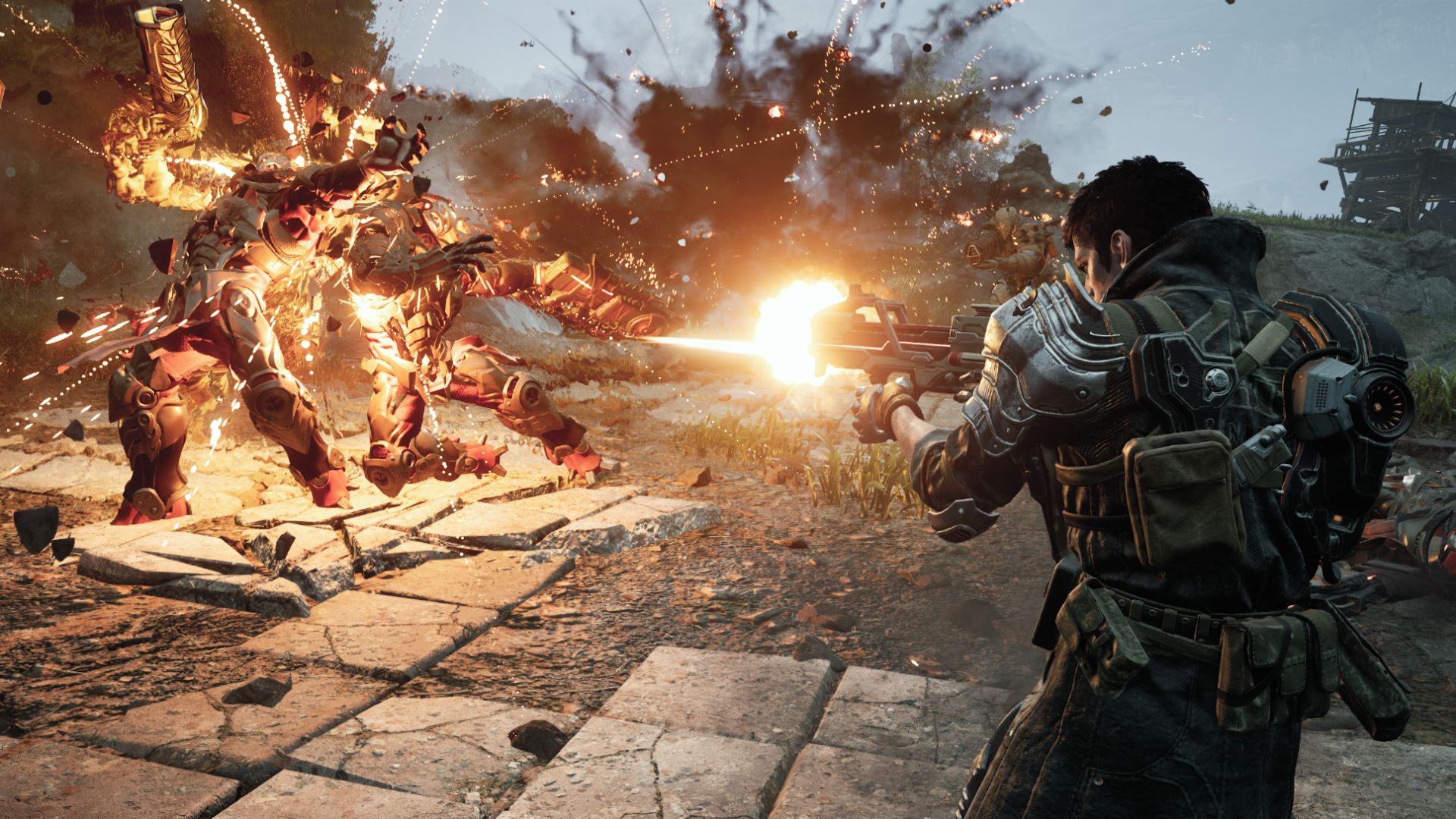
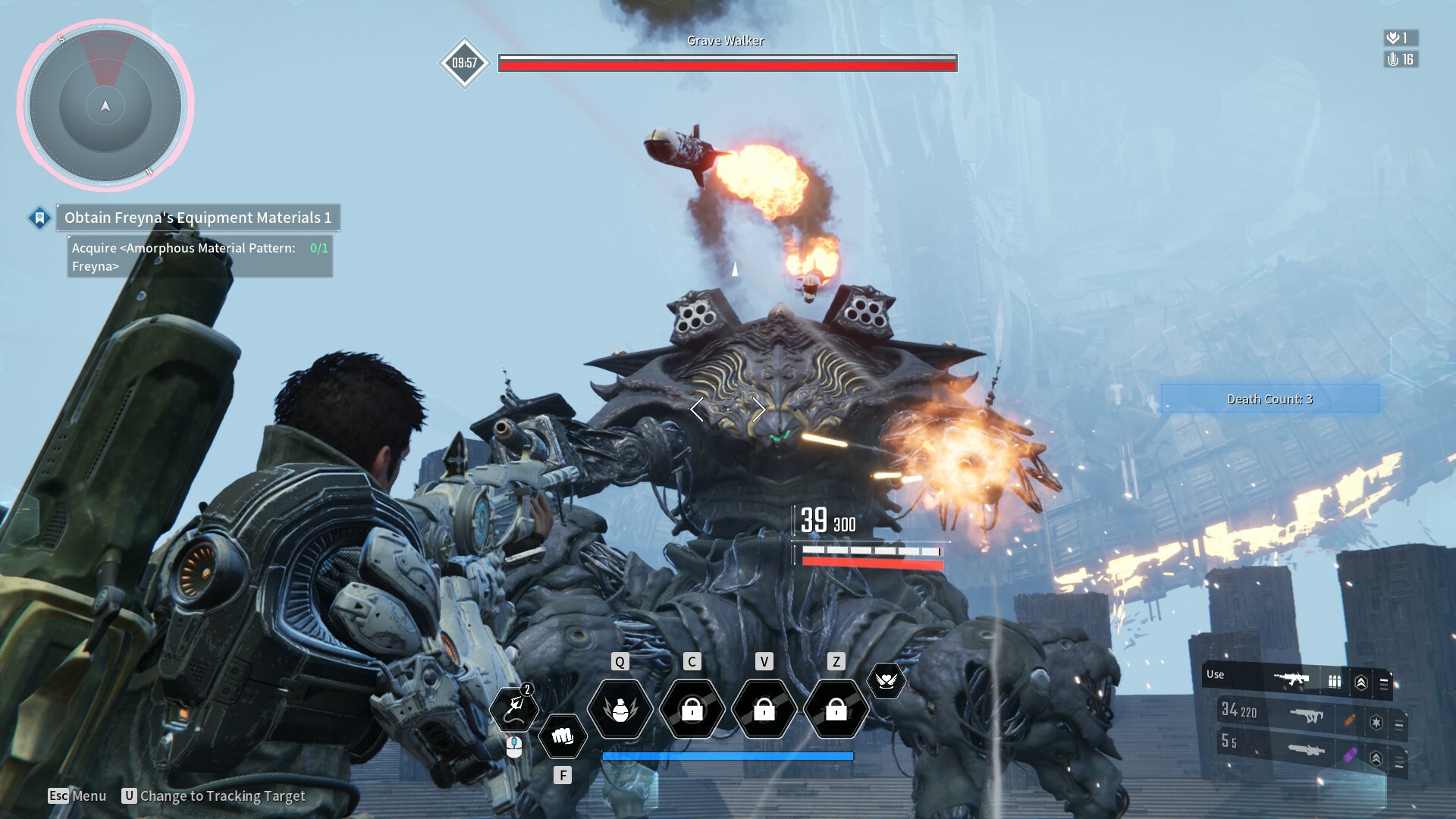
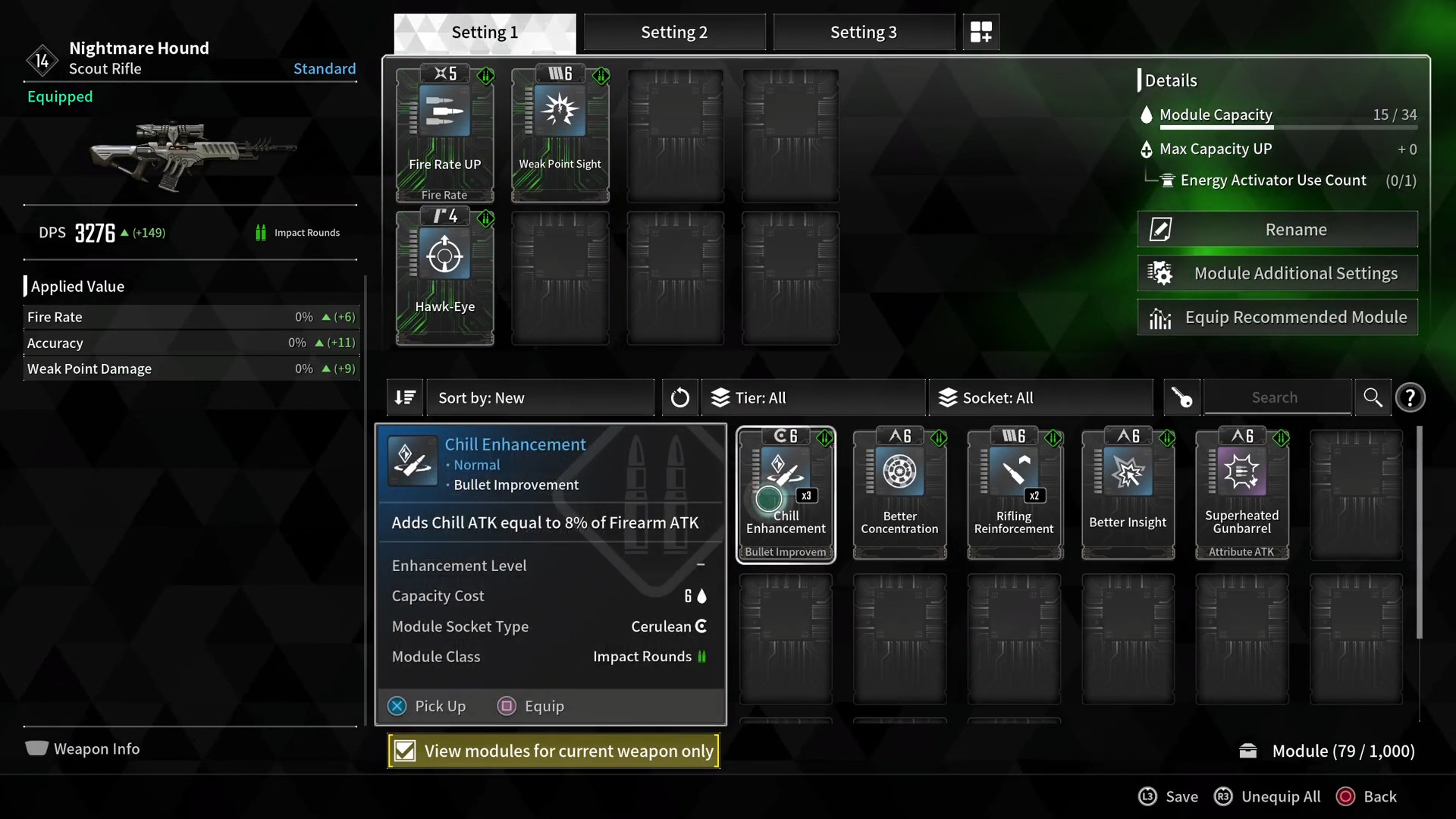
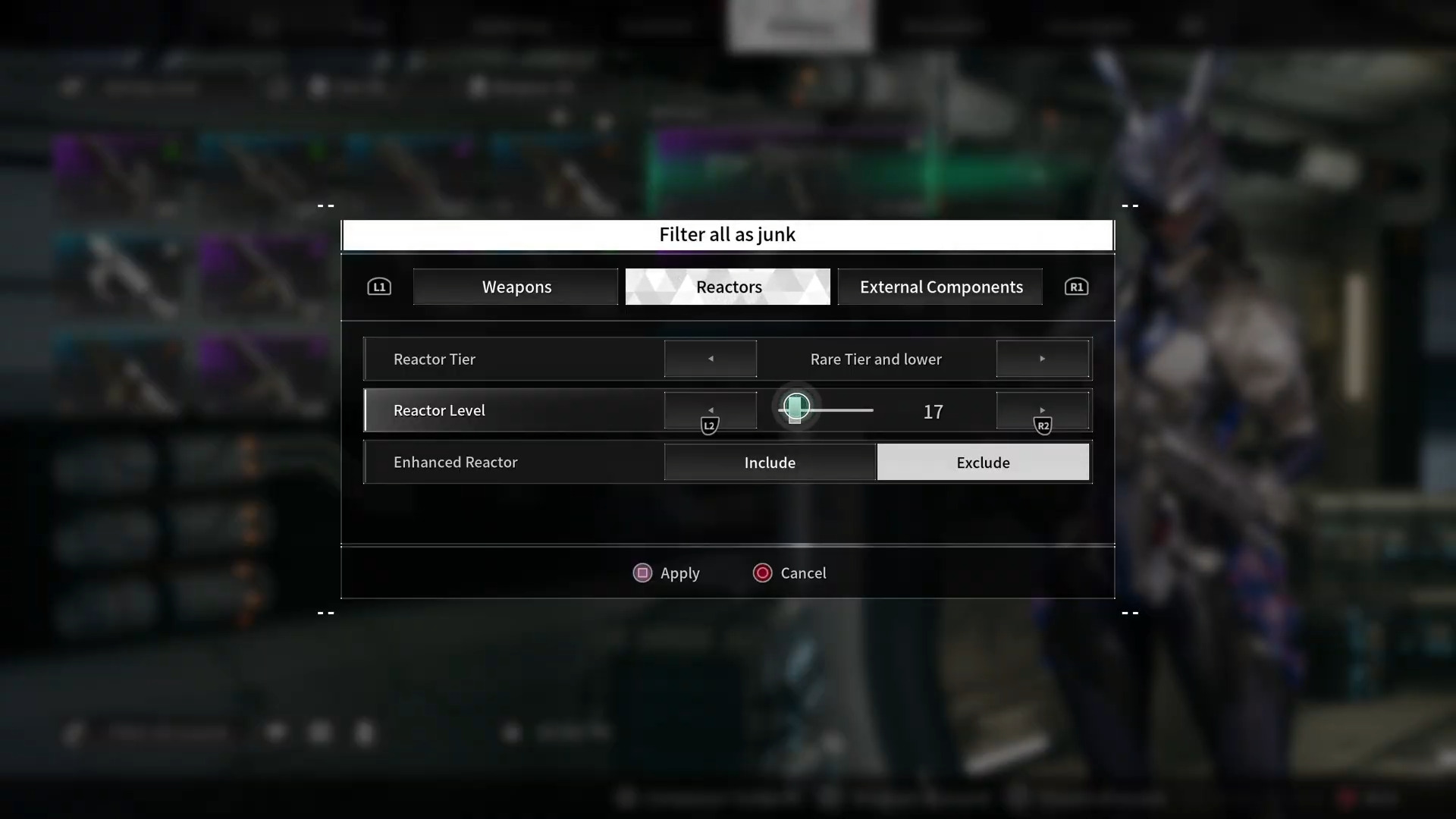


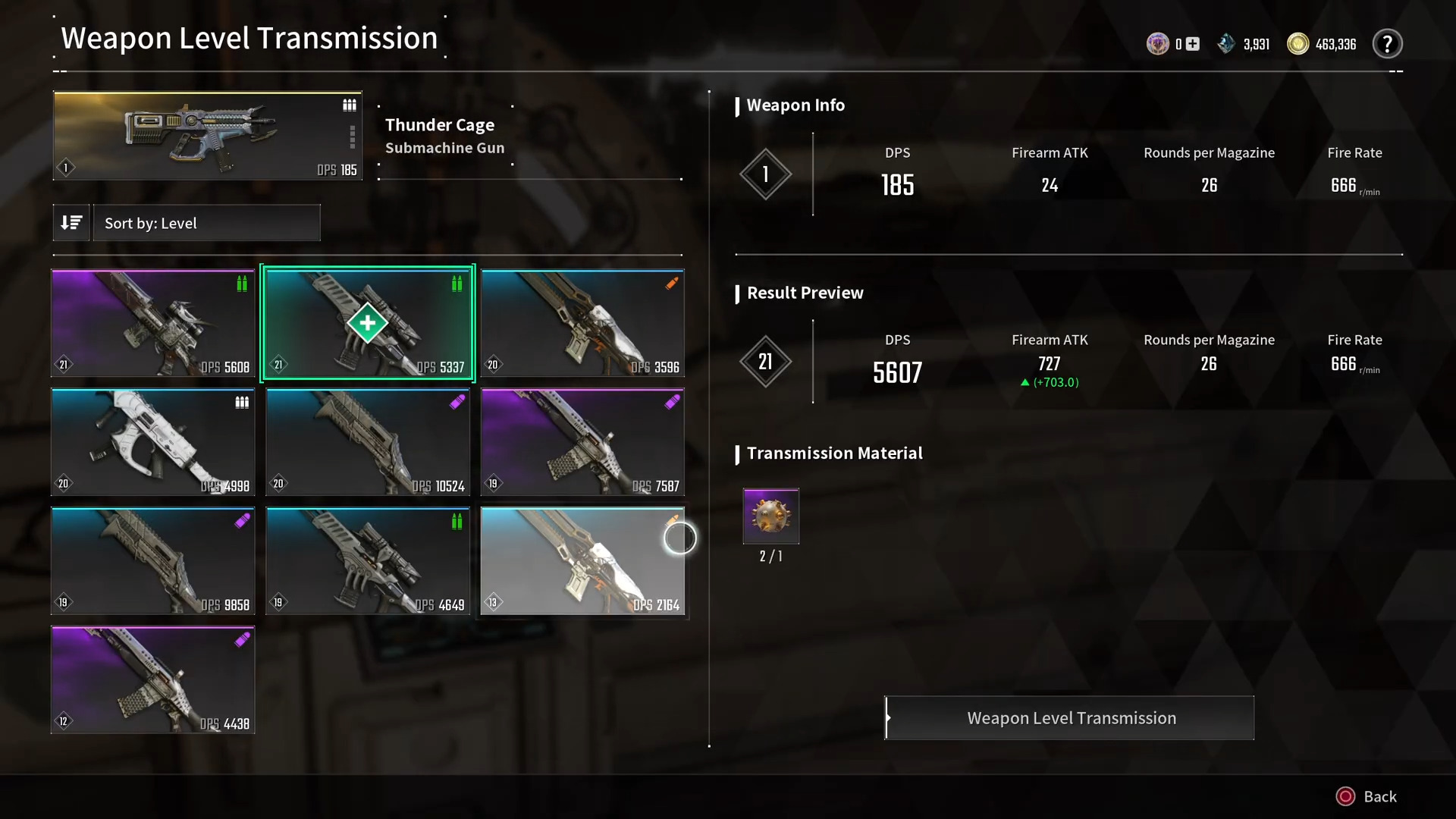
Comments are closed.